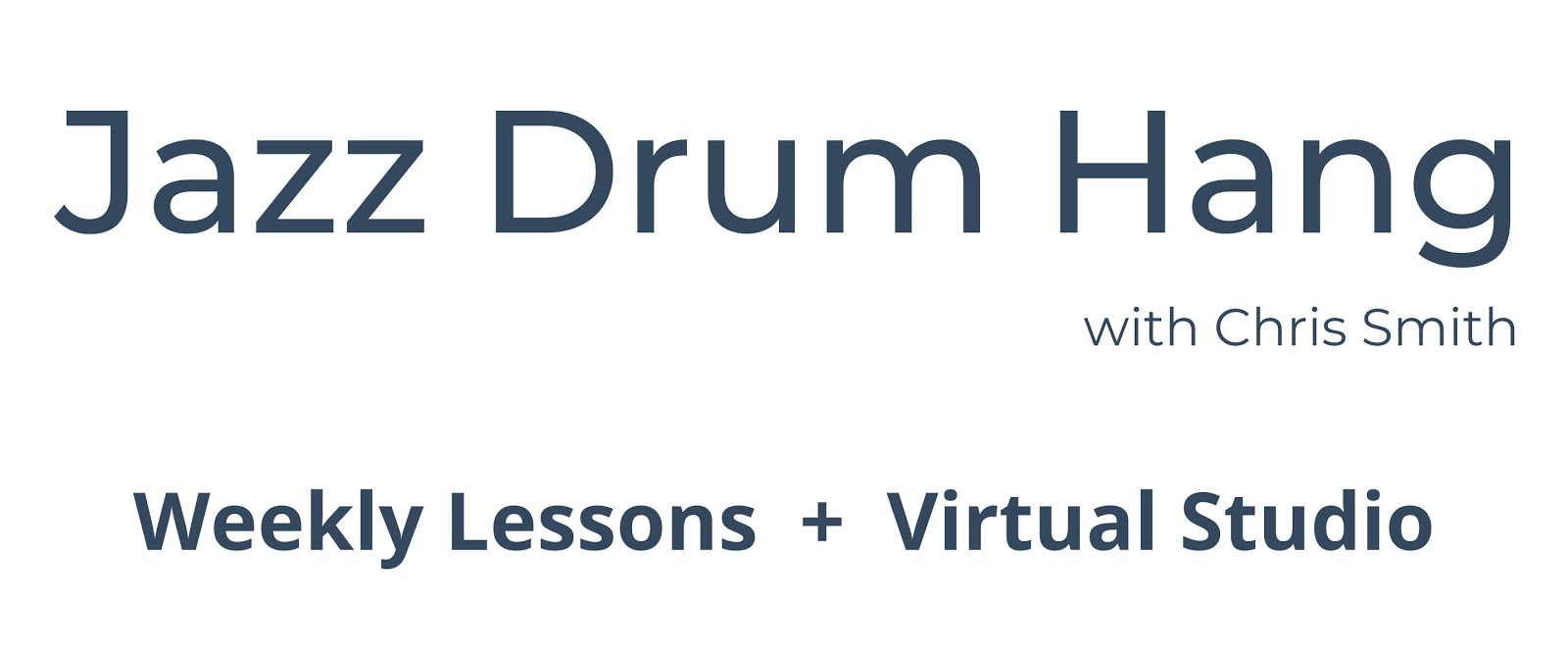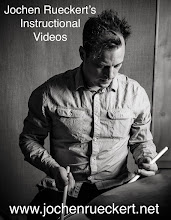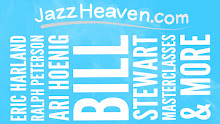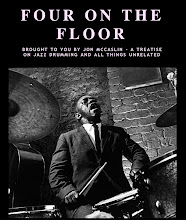"In Africa they say there is no rhythm without its accompanying dance, that the rhythm of the dancing body complements the rhythm of the music, and to separate the two is to understand nothing."
- Mickey Hart
A drummer/percussionist e-mailed quite awhile ago with some questions about how to approach playing drums and percussion for contemporary dance classes. Over the years I've done this quite a bit and thought I would share a few ideas on this subject. Now I had always been fascinated with the overall relationship between dancing and drumming and considered it to be pretty significant but it wasn't until I started playing with dancers on a regular basis that this all took on a deeper meaning for me.
These days I only do this sort of thing occasionally (like once or twice a semester) but a few years ago I did this as a full-time job for a full year at the University of Calgary and it was an incredible experience for me. Lately I've been working with Calgary's Decidedly Jazz Danceworks company but the context is slightly different than playing for contemporary dance classes at the university.
I found playing drums and percussion for contemporary dance classes to be a lot of fun and incredibly fulfilling. It definitely improved my overall drumming, my sensibility to rhythm and made me a better musician.
Here's a few thoughts about my experience being a Dance Drummer:
-I had never played hand drums before I took the dance accompanist gig at the UofC in 2006 so I had to develop some concepts and hand drumming techniques pretty quickly (my background, of course, was a drum set one not as a hand drummer). I took a few quick conga and djembe lessons to get me started and develop some fundamental chops.
-My basic instrument set-up included a djembe and two or three congas arranged in sort of an ad-hoc hand drum “set” configuration (just so I would feel "at home" haha!)
-I later added a small 16” inch bass drum so my right foot could do something.
-Sometimes I would step on on small tambourine as sort of a hi-hat with my left foot as well. I saw Jeff Ballard do this with Brad Mehldau's trio once and thought that was pretty slick...It's very effective.
-I would always carry a small bag of various shakers, bells, etc. as well to add occasional sound effects. Most of the time I use my hands to play the djembes and congas but mallets, brushes, blaststicks or the "Tala Winds" that Vic Firth makes are pretty useful too and can be used (and they much more sympathetic than harder, wooden sticks too...)
- I’ve since worked with some teachers and played some classes using my full drum set (including cymbals, etc.) Admittedly this is of course more in my comfort zone (being a drum set player first!) but this isn’t always the most practical in terms of logistics (ie. They supply the hand drums at the school whereas I would have to haul my own drum set to class!)
-My own personal musical background is mainly a jazz one but I also enjoy and play all styles of music/drumming. I’ve studied quite a bit of Afro-Cuban, Brazilian and West African Ghanian drumming over the years. Playing for these classes allowed me to draw from a wide range of rhythmic styles and traditions, blending them all together in a functional way.
-Checking out the drumming and wide-open drumming concepts of Billy Martin, Trilok Gurtu, Matt Wilson, Jeff Ballard, Bob Moses, Dafnis Prieto and Glenn Kotche were also big inspirations for me and ideas for creativity.
Here's a few key musical points that have helped me in terms of playing with dancers and working with dance teachers:
-I think of the dance routines that teachers come up with as being “compositions” and try to accompany them accordingly.
-Always focus on maintaining the pulse and the beat. Always! (that’s really why you are there...a human metronome!)
-Subdivisions: It’s either going to be either in a duple or triplet subdivision and this will determine the feel. Usually you can tell by the way they move and/or count in the movement.
-Time Signature: Is it in 4/4 or 3/4 or is it something else?
-Form: The movement routine will also always follow a number of bars and not necessarily in 4 or 8 bar phrases either! If you can “set-up” the beginning of each new section, the dancers will love you. Think of the dance routine as a “tune” and you are set.
-Taking all of those principles into account, when I’m playing patterns I always try to create a sort of melodic line between the high and low drums to give it a sense of direction and musicality. You might want to try this just with a single djembe or conga at first by exploring the dynamic between the low and high tones. Check out some of the great Cuban congueros and you’ll know what I mean by this.
Having said this though, I personally never seem to play any kind of “authentic” patterns when doing these kind of gigs....I just find some interesting rhythms that work and go with it! Perhaps try to repeat whatever pattern you come up with as well to give it some continuity then add the occasional variation or embellishment.
Always go for the groove and you can never go wrong.
Here's a couple of clips of a GREAT dance drummer who definitely has some cool things going on!



















No comments:
Post a Comment